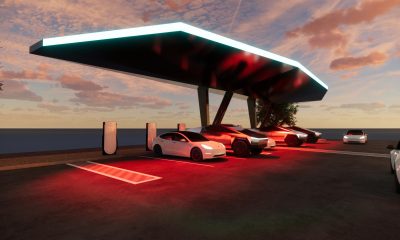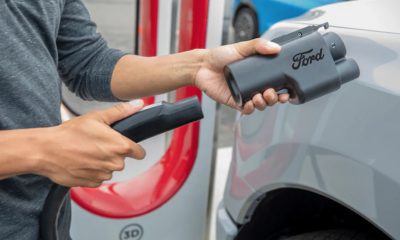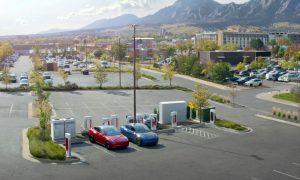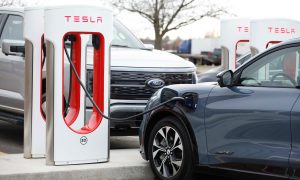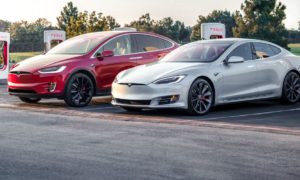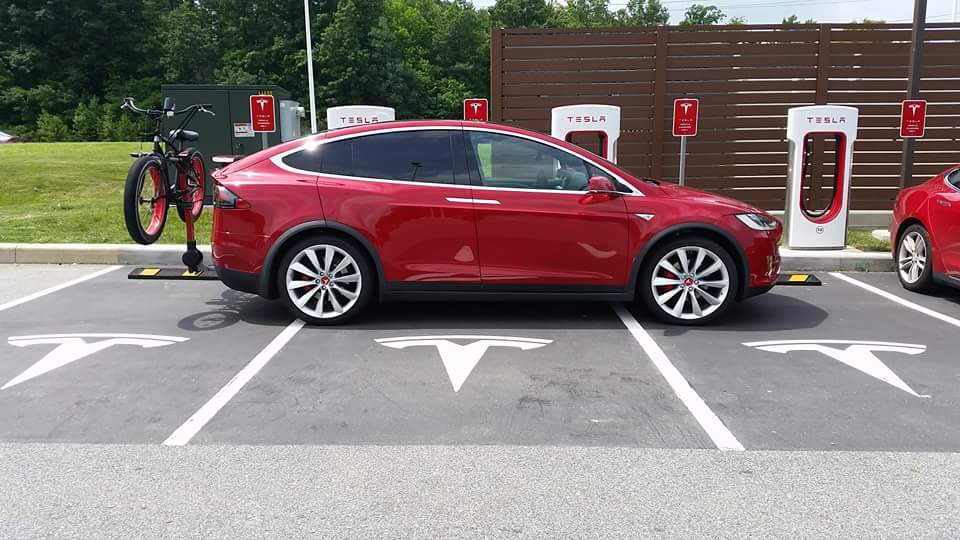

News
Tesla community outraged after Model X spotted occupying three Supercharger stalls
A Model X with bike in tow is seen occupying three Supercharger stalls at the Newark, DE station. The photo has gone viral sparking outrage across much of the Tesla online community.
A sighting this past weekend of a multi-coat red Model X occupying three Supercharger stalls has the Tesla owners community in an uproar. Photos posted online across Tesla’s Facebook page, Reddit and the Tesla Owners Worldwide Facebook group show a Model X with bike in tow parked horizontally across three of twelve Supercharging stalls located at the Delaware Welcome Center in Newark, DE.
One of the photos (shown above) courtesy of dirtyfries via Reddit has generated over 100 comments many of which are choice words for the Model X driver. Similar sentiments resonate across Facebook with many calling the act an inconsiderate and DB (acronym) thing to do.
But among all of the predominantly negative comments, a rare few have come to the Model X driver’s defense by noting the level of difficulty involved when reversing into a Supercharger stall, especially with a bike rack mounted to the back of the vehicle. Some speculate that perhaps the driver was even being considerate by not wanting to risk damage to the Supercharging stall when backing in.
Regardless of the reason, the bold move by the Model X driver has sparked outrage amongst the Tesla community during a time when there’s already high sensitivity and large concern over the increase in Supercharger congestion. With Tesla aiming to produce 500k vehicles in two years time and 1 million by 2020, the company has said it will double the number of Superchargers and quadruple the number of destination chargers in anticipation of its mass-market Model 3. Still that hasn’t stopped existing Tesla owners and Model 3 reservation holders from thinking about ways to best alleviate Supercharger congestion.
No matter what the solution will ultimately be, be it the robotic charging snake or valet service at popular charging stations, there will never be a better substitute for consideration and care for others.
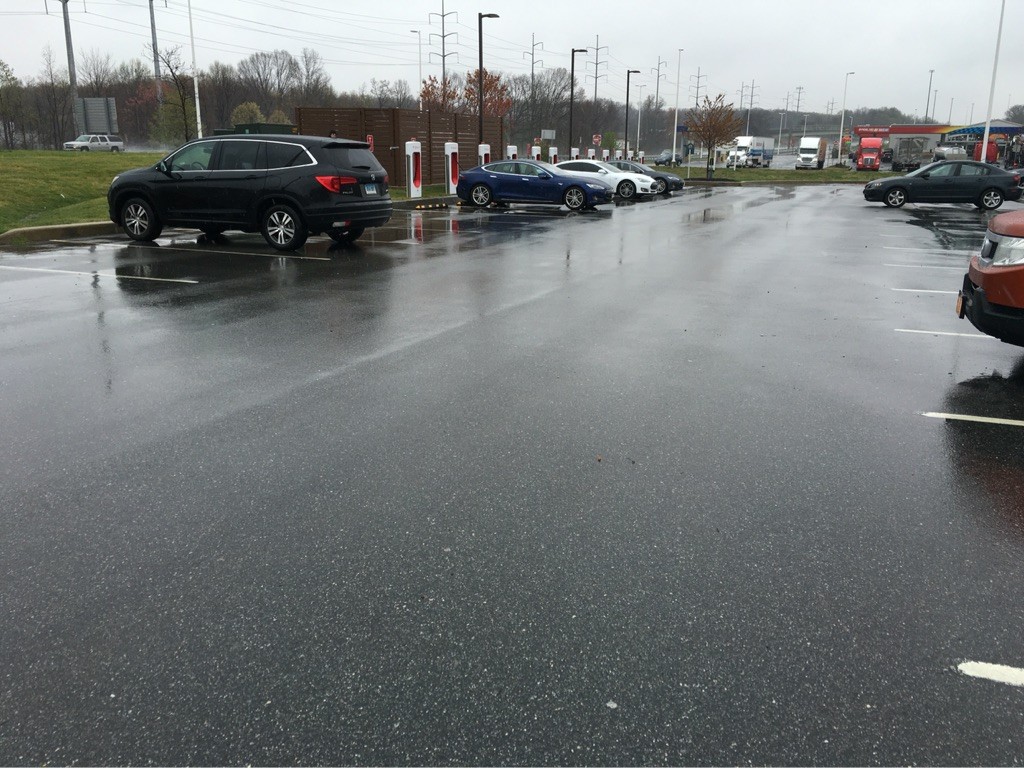
12 Tesla Supercharger stalls at the Newark, DE station
News
Tesla Cybercab no longer using chase vehicles in Giga Texas
Elon Musk expects Tesla to produce about 2 million Cybercabs per year.
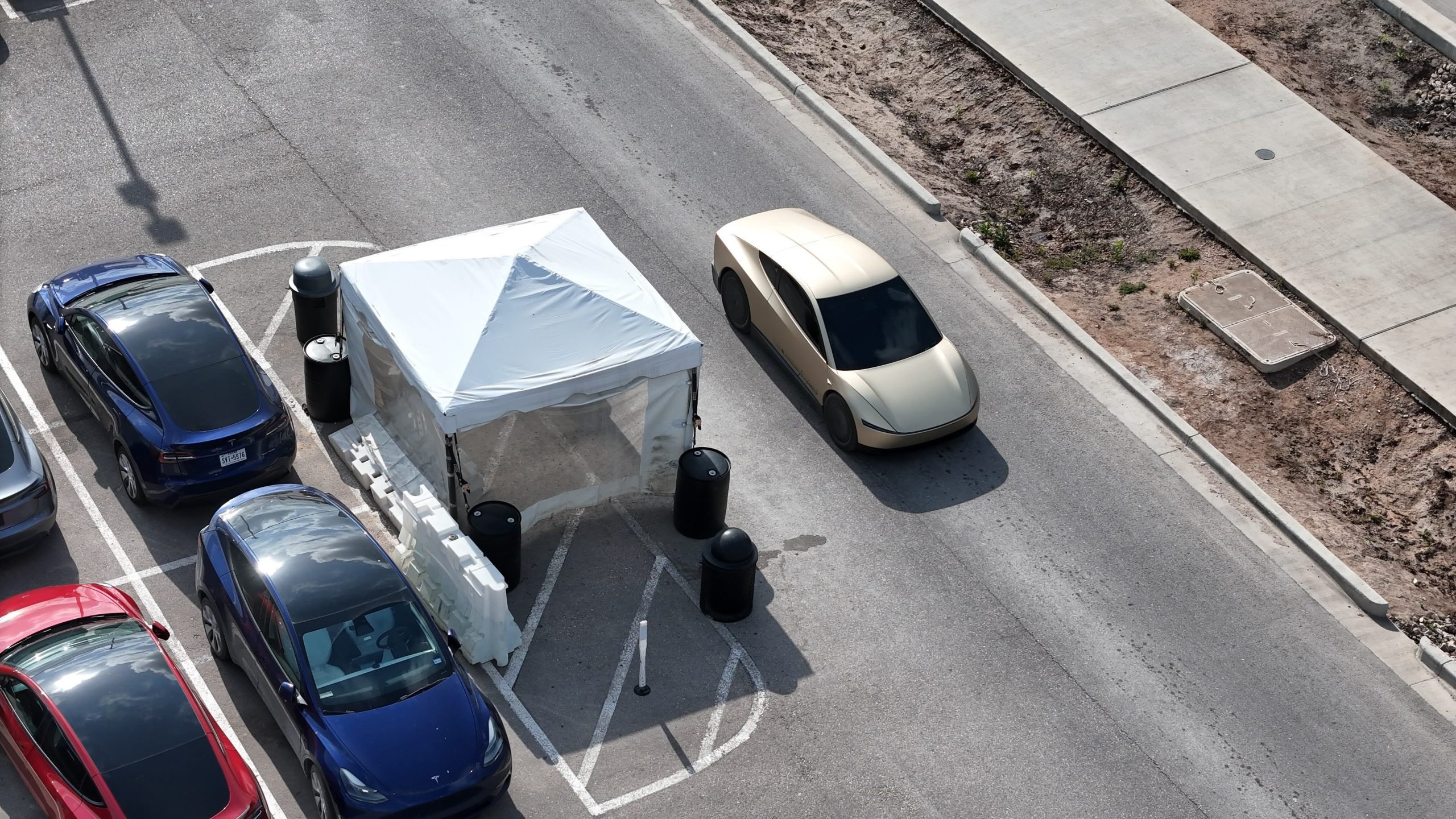
The Tesla Cybercab is the company’s first vehicle that is designed solely for autonomous driving. And while the spacious two-seater is expected to start volume production in 2026, the vehicle’s development seems to be moving at a steady pace.
This was hinted at in recent images taken by a longtime Tesla watcher at the Giga Texas complex.
Tesla Cybercab Production
The Cybercab will likely be Tesla’s highest volume vehicle, with CEO Elon Musk stating during the company’s Q1 2025 All-Hands meeting that the robotaxi’s production line will resemble a high-speed consumer electronics line. Part of this is due to Tesla’s unboxed process, which should make the Cybercab easy to produce.
Elon Musk expects Tesla to produce about 2 million Cybercabs per year. And while the vehicle is expected to see volume production at Giga Texas next year, the CEO noted that the vehicle will be manufactured in more than one facility when it is fully ramped.
No More Chase Cars
While the Cybercab is not yet being produced, Tesla is evidently busy testing the vehicle’s fully autonomous driving system. This could be hinted at by the Cybercabs that have been spotted around the Giga Texas complex over the past months. Following last year’s We, Robot event, drone operators such as longtime Tesla watcher Joe Tegtmeyer have spotted Cybercabs being tested around the Giga Texas complex.
At the time, videos from Giga Texas showed that the driverless Cybercabs were always accompanied by a manually driven Model 3 validation chase car. This was understandable considering that the Giga Texas complex features pedestrians, other cars, and construction areas. As per the drone operator in a recent post on social media platform X, however, Tesla seems to have stopped using chase cars for its Cybercab tests a few weeks ago.
Aggressive Tints
The reasons behind this alleged update are up for speculation, though it would not be surprising if the Cybercab’s autonomous driving system could now safely navigate the Gigafactory Texas complex on its own. Interestingly enough, the Cybercabs that were recently photographed by the drone operator featured very aggressive tint, making it almost impossible to make out the interior of the robotaxi.
This is quite interesting as other Cybercabs that have been spotted around Giga Texas were only equipped with semi-dark tints. One such vehicle that was spotted in February was even speculated to be fitted with an apparent steering wheel.
News
Tesla reiterates FSD’s biggest advantage, even if it’s still Supervised
Even in its current Supervised state, FSD is already pretty life-changing.
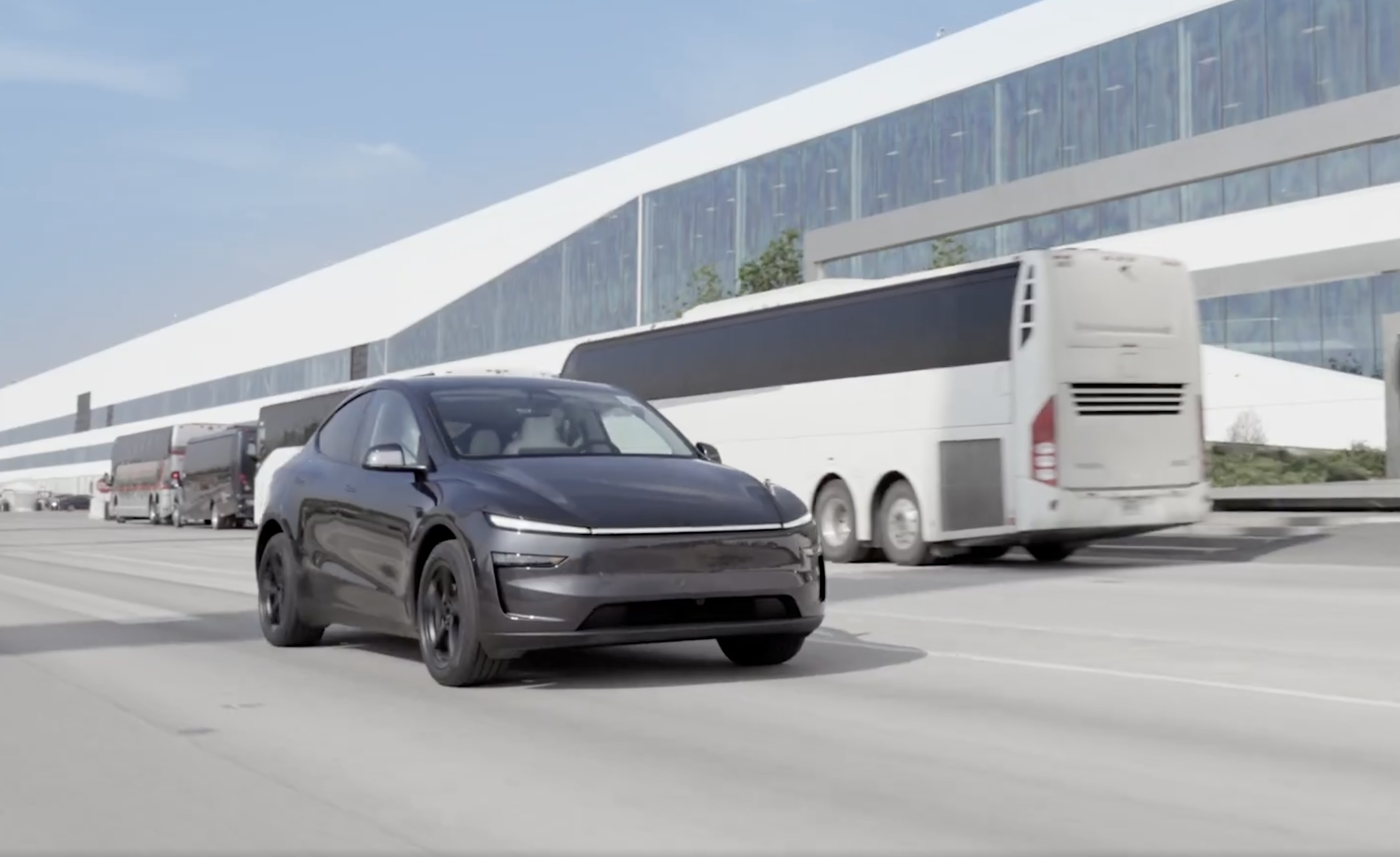
Tesla Full Self Driving (FSD) has a ton of potential. Once it is rolled out as an Unsupervised system, it could change the transportation sector. But even in its current Supervised state, FSD is already pretty life-changing.
This was highlighted recently by the electric vehicle maker through its official Tesla account on social media platform X.
Tesla FSD Unsupervised
Tesla’s self-driving aspirations are expected to come to fruition with the release of FSD Unsupervised, which is currently already being used in the Fremont Factory and Giga Texas. With FSD Unsupervised, Teslas are able to navigate from the end of their production lines to the facilities’ outbound lots without a human driver.
Tesla has previously noted that FSD Unsupervised should see its initial release in Texas and California this year. As noted by Tesla in a post on X, autonomy, when deployed at scale, does not just make cities more livable. It also gives back time to people. This is what makes autonomous driving systems potentially world-changing.
Still Supervised, But Already Useful
FSD today, however, is still Supervised, which means that it still requires constant attention from the driver. This is one of the main points of criticism from Tesla skeptics, as FSD’s current Supervised nature is typically used to argue that it is no better than other adaptive cruise control systems that other carmakers offer. As per Tesla in a follow-up post, however, FSD Supervised already makes life easier.
This is because FSD Supervised works on inner city roads, and while the driver is still observing the car to ensure that it operates well, trips could easily become a lot less tiring. This is especially true for long trips, which could take a toll on the driver if vehicles are driven manually.
“You can get a glimpse of that today: although FSD Supervised currently does require your supervision, you will still notice that your commute or long drives are suddenly so much less taxing. No constant micro-adjustments in rush hour traffic. No frustration. Car does it all for you,” Tesla wrote in its post on X.
News
Hyundai protects buyers from Trump’s tariffs with assurance program
Hyundai’s new Assurance Program will absorb Trump’s auto tariff costs, keeping prices flat for U.S. buyers.
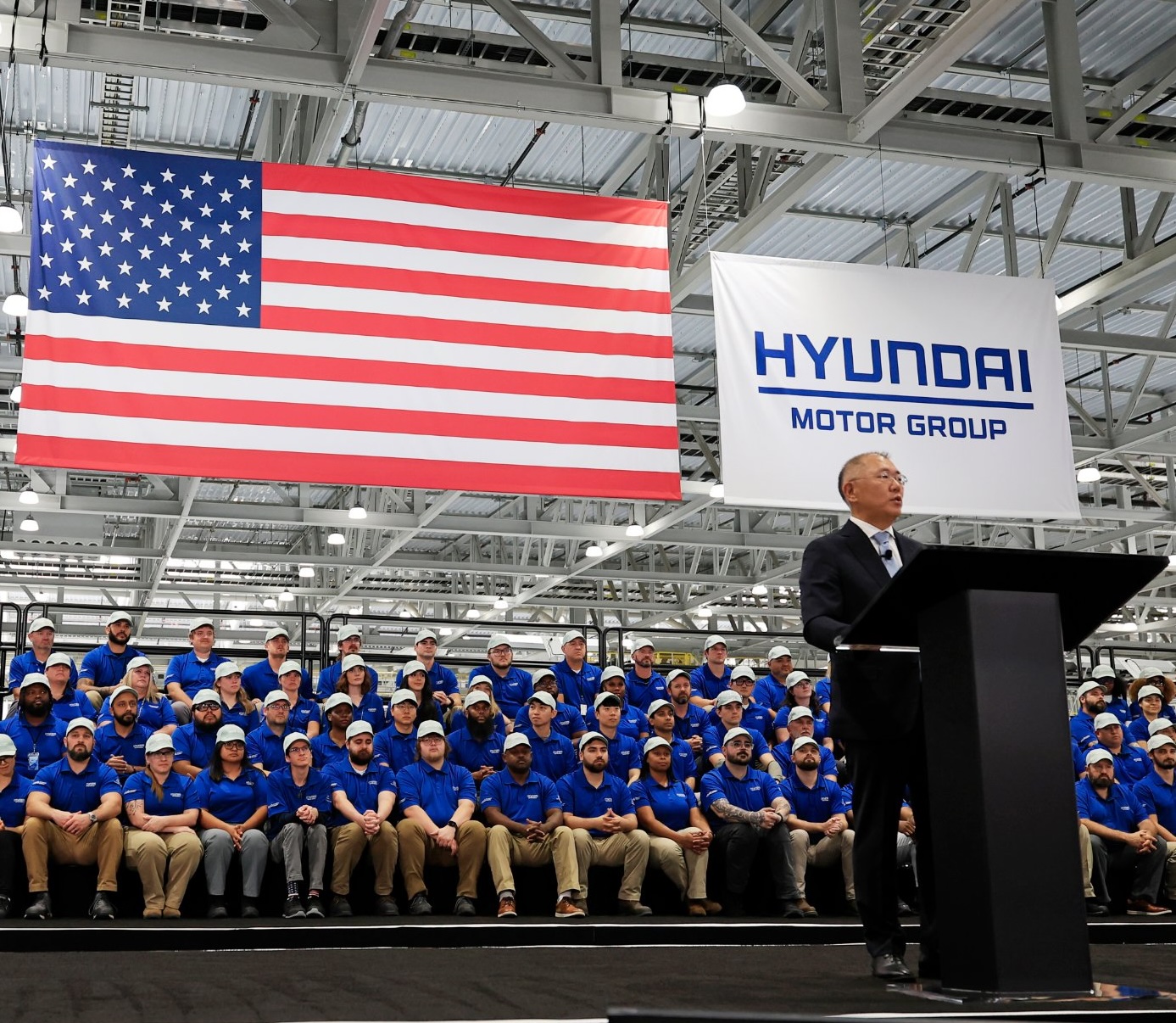
Hyundai is protecting buyers from U.S. President Trump’s auto tariffs through its new Assurance Program.
The South Korean automaker’s U.S. COO Claudia Marquez launched the Assurance Program at the 2025 New York International Auto Show. The initiative addresses the impact of President Trump’s 25% tariffs on the auto sector, a dominant topic at the event.
Marquez emphasized Hyundai’s commitment to price stability during his announcement. The Assurance Program absorbs tariff-related costs, leveraging Hyundai’s robust U.S. production to mitigate impacts.
“When it comes to the customers, which again is tough and even for us just for planning purposes, what we wanted to make sure is that we have a plan, so we launched our Hyundai Assurance Program, which is confirming and assuring to customers that [prices] are not going to go up, at least this next couple of months,” she told Yahoo Finance.
Hyundai of America produces 40% of its vehicles in the U.S. through its Alabama factory and the newly opened Hyundai Motor Group Metaplant America (HMGMA) in Savannah, Georgia. The Georgia plant began Ioniq 5 production in October 2024 and plans to start Ioniq 9 output by Q1 2025.
“We have a strong representation in the US. We have a factory in Alabama, and just recently, two weeks ago, we opened our new Metaplant in Savannah, Georgia, where we produce our EVs Ioniq 5 and Ioniq 9,” Marquez said.
As President and CEO Jose Muñoz noted, Hyundai’s localization strategy strengthens its tariff resilience. Initially focused on EVs, HMGMA will also produce hybrids following a 2024 dip in EV sales.
“We are looking forward to officially opening Hyundai Motor Group Metaplant America (HMGMA) in Georgia. Our localization strategy in the important U.S. market will help mitigate the impact of any potential policy change,” Muñoz said at the company’s annual shareholders’ meeting.
While Hyundai’s U.S. plants provide a buffer, building such facilities is costly and time-intensive, with potential policy shifts looming by 2028. For now, the Assurance Program and localized production help Hyundai navigate Trump’s tariff, ensuring customer affordability amid trade uncertainties.
-
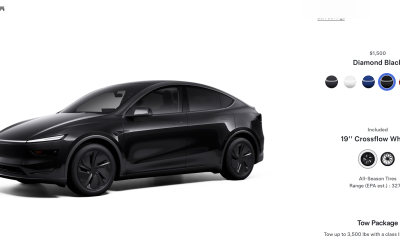
 News2 weeks ago
News2 weeks agoTesla rolls out new, more affordable trim of the Model Y Juniper in U.S.
-
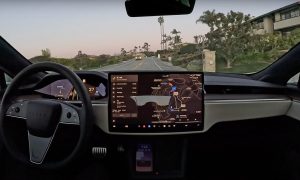
 News2 weeks ago
News2 weeks agoTesla expands Early Access Program (EAP) for early Full Self-Driving testing
-
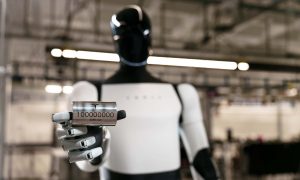
 News2 weeks ago
News2 weeks agoTesla celebrates key milestone for 4680 battery cell production cost
-
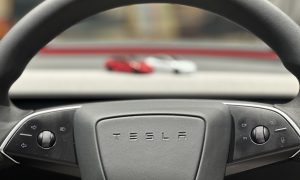
 Investor's Corner2 weeks ago
Investor's Corner2 weeks ago“Nothing Magnificent about Tesla (TSLA),” claims Jim Cramer
-
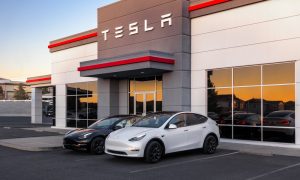
 Elon Musk2 weeks ago
Elon Musk2 weeks agoThis Tesla vandal caused thousands in damage, but she was let off the hook: Here’s why
-

 News1 week ago
News1 week agoI took a Tesla new Model Y Demo Drive – Here’s what I learned
-
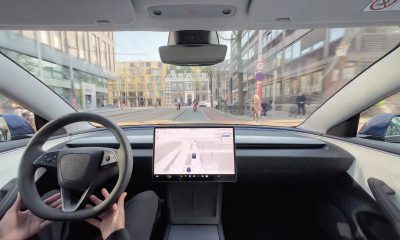
 News2 weeks ago
News2 weeks agoTesla Europe shares FSD test video weeks ahead of launch target
-
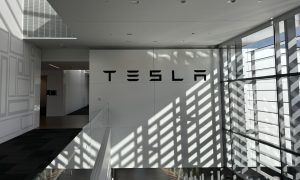
 News2 weeks ago
News2 weeks agoThis Tesla executive is leaving the company after over 12 years



